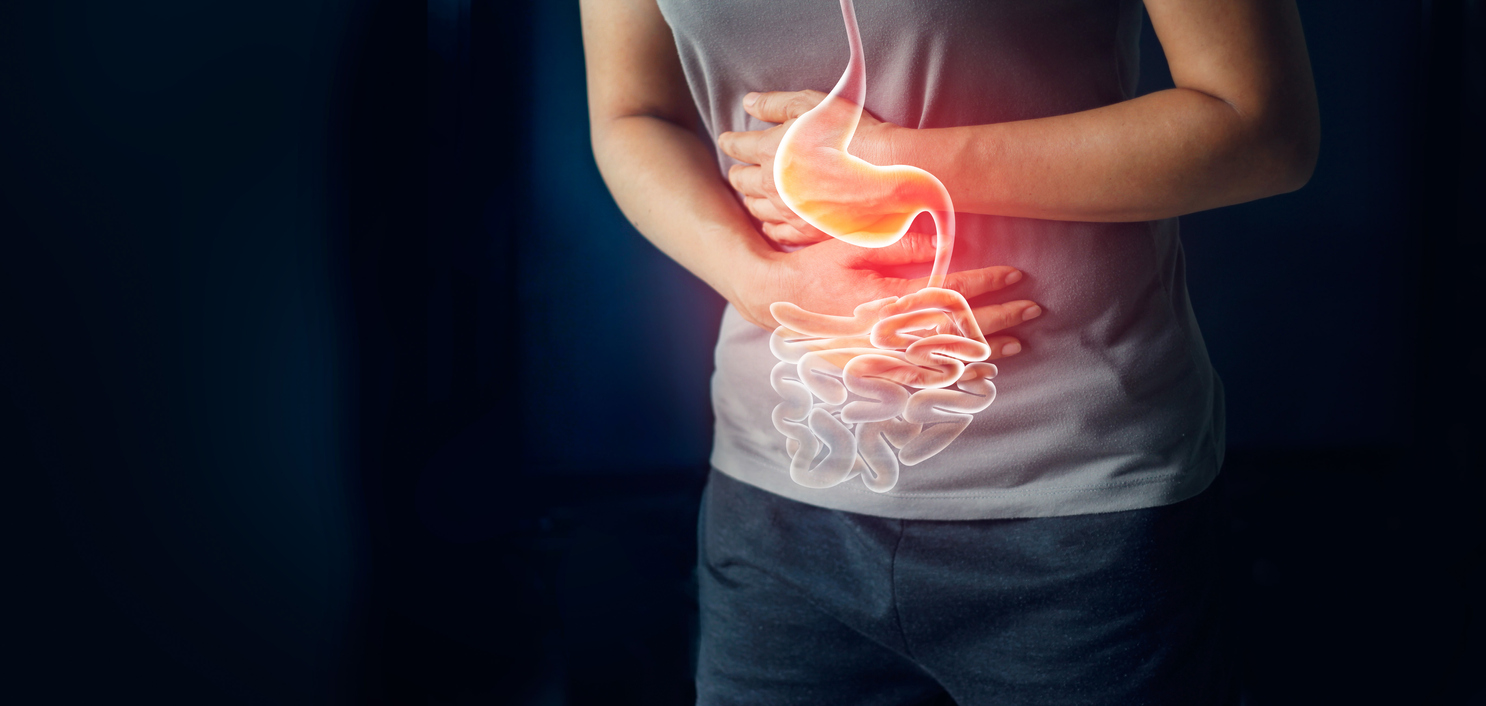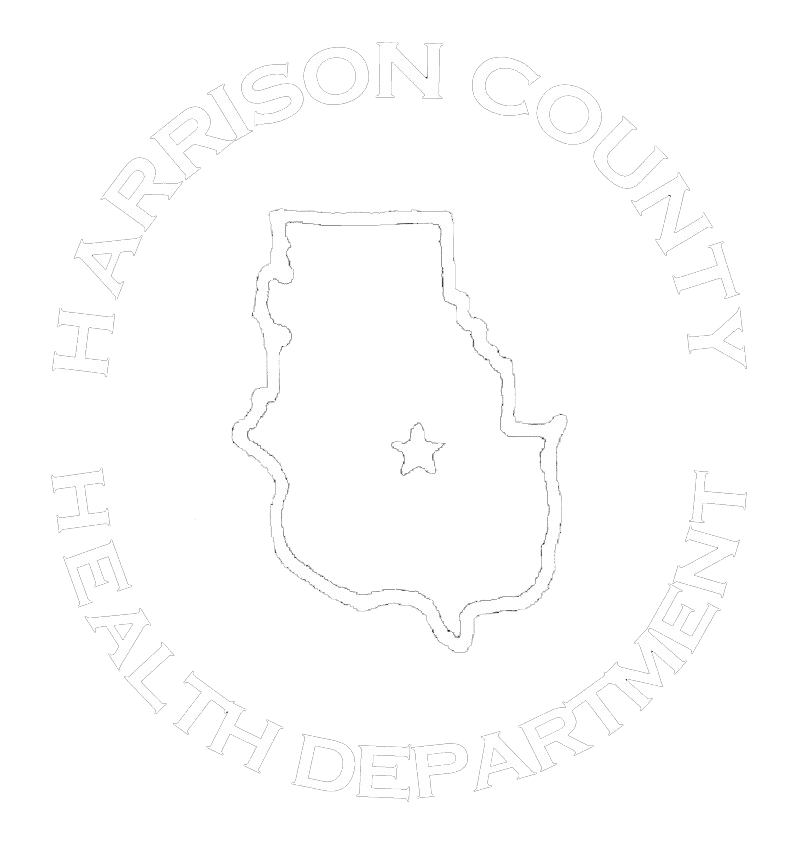Food Poisoning
A WebMD medical reference in collaboration with The Cleveland Clinic
 Food-Borne Illness (aka "Food Poisoning")
Food-Borne Illness (aka "Food Poisoning")
Food poisoning is a common, yet distressing and sometimes life-threatening problem for millions of people in the U.S. People infected with foodborne organisms may have symptoms ranging from mild intestinal discomfort to severe dehydration and bloody diarrhea. Depending on the type of infection, people can even die as a result of food poisoning.
More than 250 different diseases can cause food poisoning. Some of the most common is caused by bacteria, such as Campylobacter, Salmonella, Shigella, E. coli O157:H7, Listeria, and botulinum toxin.
The only way food poisoning can be accurately diagnosed is through a stool sample submitted to a lab, or in the case of Listeria, through blood or spinal fluid tests. If you suspect you have food poisoning, don't let the doctor tell you, "It's possible you have food poisoning", or "Food poisoning can't be ruled out." It can be accurately diagnosed through a stool sample.
Collecting a Stool Specimen
(from www.kidshealth.org)
Stool, or feces, is usually thought of as nothing but waste — something to quickly flush away. But bowel movements can provide doctors with valuable information. The most common reason to collect fecal material is to determine whether a type of bacteria or parasite may be infecting the digestive tract. Many microscopic organisms that are necessary for normal digestion live in the intestine. Sometimes, however, the digestive system may become infected with harmful bacteria. It may then be necessary to examine the stool under a microscope, culture it, and perform other tests to help find the cause of the problem.

- Collecting stools can be messy, so be sure to wear plastic gloves and wash your hands well afterward.
- The best samples are of loose, fresh stool; well-formed stool is rarely positive for disease-causing bacteria.
- Sometimes a hat-shaped plastic lid is used to collect the stool specimen. This catching device can be quickly placed over the toilet bowl to collect the specimen. Using a catching device can prevent contamination of the stool by water and dirt. If urine contaminates the stool sample, it will be necessary to take another sample. Fishing a bowel movement out of the toilet does not provide a clean specimen for the laboratory to analyze.
- Another way to collect a stool sample is to loosely place plastic wrap over the lid of the toilet. Then place the stool sample in a clean, sealable container before taking it to the laboratory. Plastic wrap can also be used to line the diaper of an infant or toddler who is not yet using the toilet.
The stool sample should then be collected into clean, dry plastic jars with screw-cap lids. You can get these from your doctor or through hospital laboratories or pharmacies, although any clean, sealable container could do the job. For best results, the stool should then be brought to the laboratory immediately.
If it is impossible to get the sample to the laboratory right away, the stool should be refrigerated, then taken to the laboratory to be cultured as soon as possible after collection. When the sample arrives at the laboratory, it is either examined and cultured immediately or placed in a special liquid medium that attempts to preserve potential bacteria or parasites.
Your doctor or the hospital laboratory will usually provide written instructions on how to successfully collect a stool sample; if written instructions are not provided, take notes on how to collect the sample and what to do once you've collected it. If you have any questions about how to collect the specimen, be sure to ask. The doctor or the laboratory will also let you know if a fresh stool sample is needed for a particular test, and if it will need to be brought to the laboratory right away.
Most of the time, disease-causing bacteria or parasites can be identified from a single stool specimen. Sometimes, however, up to three samples from different bowel movements must be taken. Your doctor will let you know if this is the case. It may take up to 4 days for test results to be returned to you and/or your doctor.
